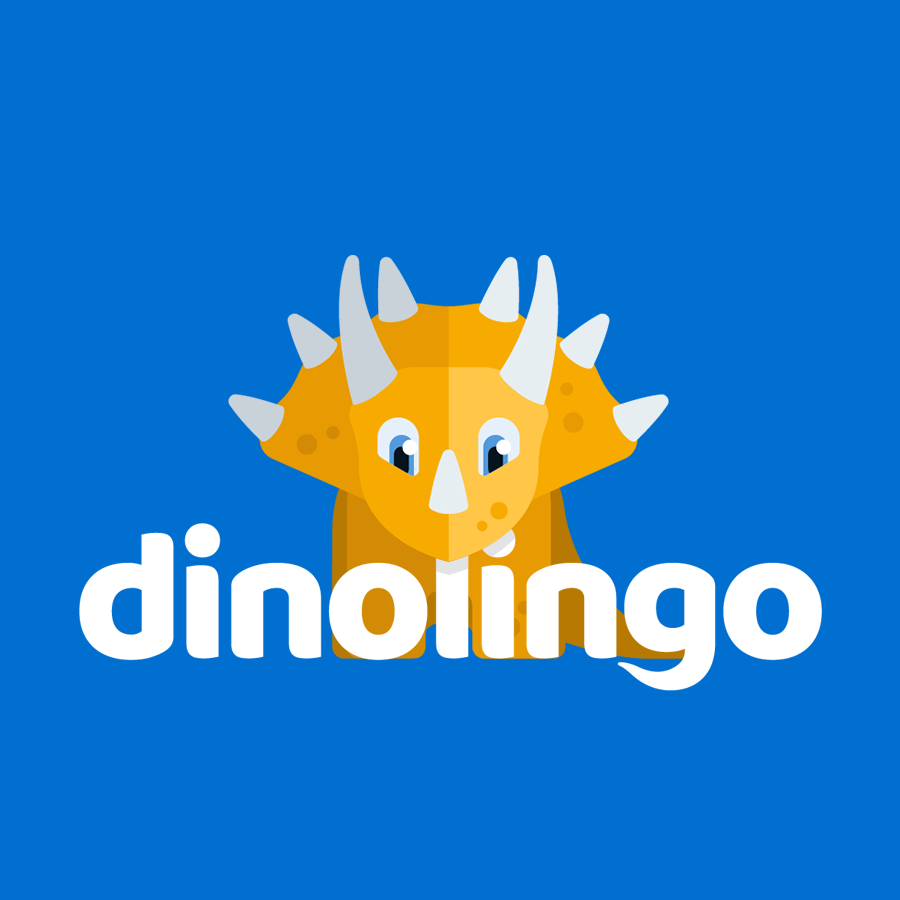
Hebrew is a member of the Canaanite group of Semitic languages. It was the language of the early Jews, but from 586 B.C. Aramaic began to replace it. By 70 A.D., the use of Hebrew as an everyday language had largely stopped. Hebrew continued to be used for literary and religious purposes, as well as to connect among Jews from different countries.
During the mid-19th-century efforts were made to try to bring Hebrew back as an everyday language. E. Ben Yehuda (1858-1922) was the first person who tried to get Hebrew to be the language used in the classrooms in schools throughout Israel.
Today Hebrew is spoken by about 5 million people in Israel, where it is an official language along with Arabic. In addition, 2-3 million people speak Hebrew in Argentina, Australia, Brazil, Canada, France, Germany, Palestinian West Bank and Gaza, Panama, the United Kingdom, and the United States.
The Hebrew Alphabet
The first alphabet used to write Hebrew was developed in the first B.C. The Hebrew alphabet is closely related to the Phoenician alphabet. The present-day Hebrew alphabet was developed from an alphabet known as Proto-Hebrew/Early Aramaic. The writing system is called abiad. It is written from right to left. There are 22 consonants plus final letters and diacritics. Some letters, if written at the end of words, have a final form added. Western numerals (1, 2, 3, etc.) are used. Long letters are indicated by the letters alef, vav and yod. Short vowels are not usually marked, except in books for children, foreigners and in the Bible.

Online Hebrew lessons for kids: dinolingo.com